The world has grown hugely interested in South Korea. This is mainly because of K-pop, K-dramas, great food, and the rich Korean culture!
However, there’s a lot more to know about the Land of the Morning Calm. In this article, you’ll learn everything there is to know about Korea, from its history and geography to the seasons and modern life in the country!
You might be interested in Korea for one reason or another. So, read on and learn more about the country, or you can jump to your favorite subject in the table of contents below.
Contents
- 1 Where is Korea located?
- 2 Is South Korea a country?
- 3 Facts about South Korea
- 4 Korean Government
- 5 Korean Economy
- 6 Science and technology
- 7 A Brief History of Korea
- 8 Contemporary Korea
- 9 South Korea’s Transportation, energy, and infrastructure
- 10 South Korea Travel and COVID-19 Situation
- 11 Visiting South Korea
- 12 Is South Korea Safe?
- 13 Things to do in South Korea
- 14 Moving to Korea
- 15 Everyday Life in Korea
- 16 Festivals & Events in Korea
- 17 Jobs in Korea
- 18 Food & Drink in Korea
- 19 Korean Language
- 20 Shopping in Korea
- 21 South Korean National Pension System
- 22 Wrap Up
Where is Korea located?
The country of Korea is located in Eastern Asia. It’s a peninsula divided into two countries: North Korea (the Democratic People’s Republic of Korea) and South Korea (the Republic of Korea).
The Korea Strait separates the peninsula from Japan to the east bordering the East Sea (Sea of Japan). It is also bordered by Russia to the northeast and China to the northwest. There are several islands, like Jeju Island, around it.
Is South Korea a country?
Yes, South Korea is a country whose official name is the Republic of Korea (ROK). It is a country in East Asia, located on the southern half of the Korean peninsula, bordering North Korea in the north.
The official language in this country is Korean, and most of its citizens are ethnically Korean.
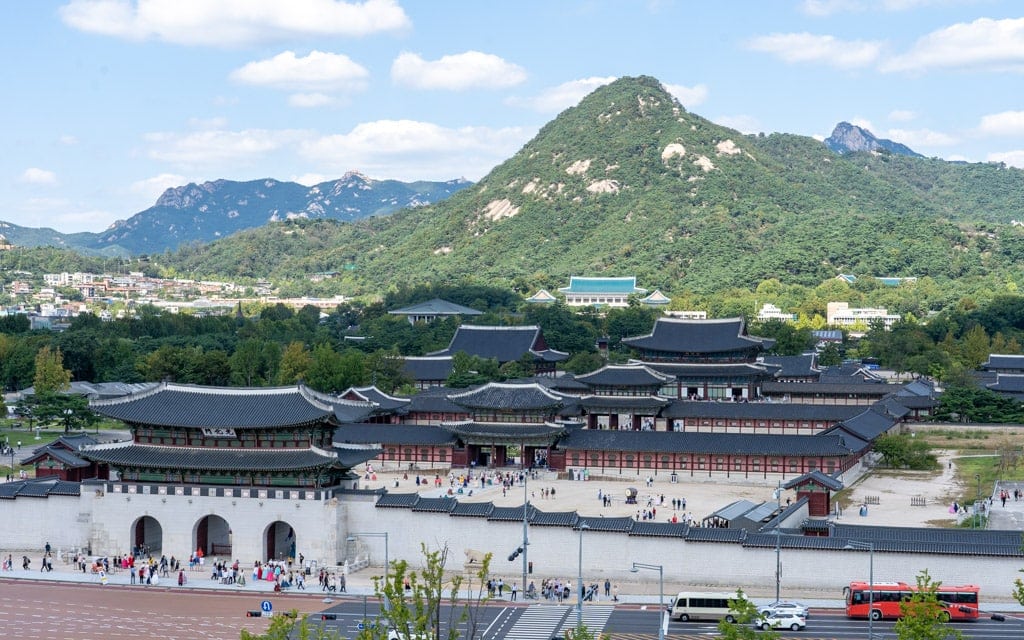
Facts about South Korea
Here are more facts about the southern part of the Korean peninsula.
South Korea Geography
Below is some information about South Korea’s area and location.
Where is South Korea?
South Korea is located on the southern portion of the Korean peninsula, with the northern part belonging to North Korea. On the west side, the land meets the Yellow Sea and the Sea of Japan on the east. South Korea’s southern tip touches the East China Sea, mainly through the Korea Strait, connecting these three seas.
The eastern region of this country is filled with high mountain ranges, such as Seoraksan, and some narrow coastal plains. The western region, however, has broader coastal plains. South Korea’s southeastern region is commanded mainly by the Nakdong River, whereas you’ll find mountains and valleys in the southwestern region.
Much of South Korea’s terrain is mountainous, with lowlands mostly in the west and southeast, covering only 30% of South Korea’s land area.
In South Korea, you can find three different kinds of terrestrial ecoregions. Much of South Korea falls under the ecoregion of Central Korean deciduous forests, which means temperate broadleaf and mixed forests like maples, oaks, walnut, and Korean ash. A small portion of the northeastern region is a part of the Manchurian mixed forests ecoregion, including flora like Korean pine.
Finally, the southernmost regions in the South, including Jeju Forest, are classified as Southern Korean evergreen forests. You’ll also find broadleaf and mixed forests with oaks, laurels, and shrubs here.
How big is South Korea?
The total area of South Korea is 100,210 square kilometers. It makes up about 45 percent of the peninsula’s land area.
South Korea Map
Below is a map of South Korea bordering the Democratic People’s Republic of Korea or North Korea to the northern part, the East Sea or Sea of Japan to the eastern side, the Yellow Sea to the west, and the East China Sea to the southern part. The country is separated from Tsushima Island in Japan by the Korea Strait. The country occupies about 45 percent of the whole peninsula’s land area.
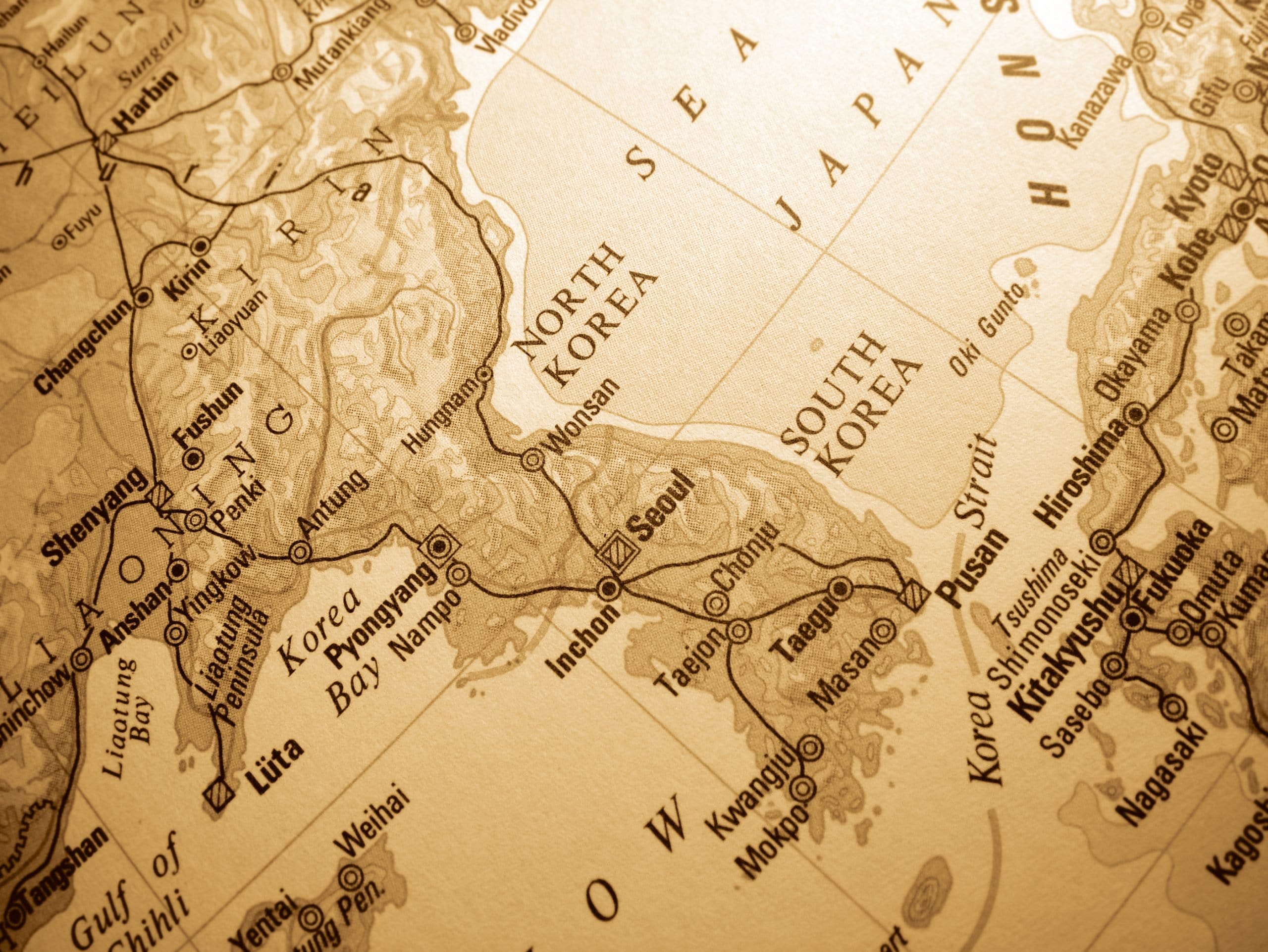
What is the capital of South Korea?
The country’s capital city is Seoul, South Korea. This is the largest city in the country and is officially named the Seoul Special City. Seoul is also the 5th largest metropolitan in the entire world.
South Korea Population
South Korea’s total population is around 51 million. Approximately 50% of the population lives in the capital city, Seoul. The country ranks 28th in the list of countries based on population.
South Korea Religion
The Republic of Korea has no national religion. More than half of Koreans do not have a registered religion. However, Koreans are predominantly Christian (the largest groups include independent Christians, Protestants, and Roman Catholics) or Buddhist, with other religions accounting for less than 1% of the population. If you’d like to know further about this topic, you can also read our article on religion in Korea.
Climate in South Korea
South Korea has four seasons, each of which is highly distinctive. Winters are cold and dry, while summers are hot and humid. Seoul’s average temperature in the wintertime is -7°C to +1°C.
Meanwhile, during summer, degrees exceeding 30°C are experienced all around the country, especially in July and August. Winters and summers are usually seen to last approximately four months each, with shorter spring and autumn seasons.
A short monsoon season called 장마 (jangma) happens each summer. This is because the country is in the East Asia monsoon region. Along with the monsoon season, typhoons and floods may also occur. Droughts happen occasionally, but there is sufficient rainfall for agriculture to occur successfully for most years.
Jeju Island, located off the southern coast of South Korea in the Korea Strait, has a warmer climate compared to the rest of the country.
Environment in South Korea
The South Korean peninsula once had more diverse wildlife, but today it’s most common to see bears, wildcats, deer, and wild boars, especially in the more remote and mountainous areas. This is because most of South Korea’s forests have been cut down in the past couple of centuries, leading to flooding and soil erosion.
Air pollution is among the worst in the world in South Korea, with acid rain and fine yellow dust being an issue in Seoul. However, the tap water here is perfectly safe to drink.
A lot of effort has been made toward building a greener economy. This includes reforestation, reducing energy usage, and implementing more environment-friendly fuels, energy systems, and technologies.
Time in South Korea
South Korea follows the Korea Standard Time (KST) Time Zone (UTC/GMT + 9 hours). Daylight Saving Time is not observed in the country.
What time is it in South Korea?
Understanding the concept of time in South Korea becomes easier if compared to other countries’ time zones.
We have a separate article that will teach you further about time in Korea.
South Korea Flag
The South Korean flag is called 태극기 (taegeukgi). There have been multiple versions of the South Korean flag prior to the current one used.
Our article on the Korean flag will also tell you everything you need to know about the South Korean flag.
Korean Government
North and South Korea adheres to 2 different ideologies, so the two countries have different forms of government.
South Korean Government
South Korea uses a centralized democratic republic form of government, thus having the official name of the Republic of Korea. It has three branches which are the executive, legislative, and judicial branches.
South Korea President
The head of the government is a South Korean president. The current South Korean president is President Moon Jae In. He is a South Korean politician and lawyer and has been seated as the 12th and current president of the country since 2017.
North Korean Government
North Korea has a highly centralized government. The type of government in the north is socialist communism. The North Korean leader is called Supreme Leader.
Korean Economy
A country’s growth can be hugely evident through its economy. Below is some information on Korea’s economy and currency.
South Korean Economy
The South Korean economy is categorized as a mixed economy that has grown quickly. This result was hugely influenced by Korea’s Chaebol companies and their export-oriented economic strategy. Several sectors have contributed to the South Korean economy’s growth up to the present, namely electronics, automobile, shipbuilding, construction, mining, and tourism.
The South Korean economy is the 4th largest GDP in Asia and the 10th largest globally in GDP. It has also been a part of the OECD (Organisation for Economic Cooperation and Development) since 1996.
Along with Taiwan, Singapore, and Hong Kong, South Korea is part of the Four Asian Tigers. These countries maintained high growth rates of more than 7% a year when they underwent rapid industrialization between the early 1960s to 1990s.
South Korea Currency
The currency in South Korea is called South Korean won.
North Korean Economy
While South Korea’s economy seems to be growing continuously, the North could say the opposite. Their economy is centrally-planned, reflecting their ideology of self-reliance called Juche. Economic liberalization efforts started taking place after Kim Jong Un came to power in 2012.
North Korea Currency
The currency used in the north is North Korean won.
Science and technology
Both the technological and scientific development of South Korea have relatively new roots. Essentially, before Korean War, there was next to none of it. Then under Park Chung-hee’s dictatorship in the 1960s, rapid developments, especially in technology, started. This includes the formation of many Chaebol companies (large conglomerates), such as Samsung and LG.
Since then, much of South Korea’s economy has been focused on technology-based corporations. This has been encouraged even through infrastructural developments by the government. As a result, the country is also the leading OECD country regarding citizens graduating in engineering science.
A Brief History of Korea
Korea holds high regard for its culture and tradition. Although times have changed, the Korean culture built from its long history is still very much present. Here’s more to know about Korean history.
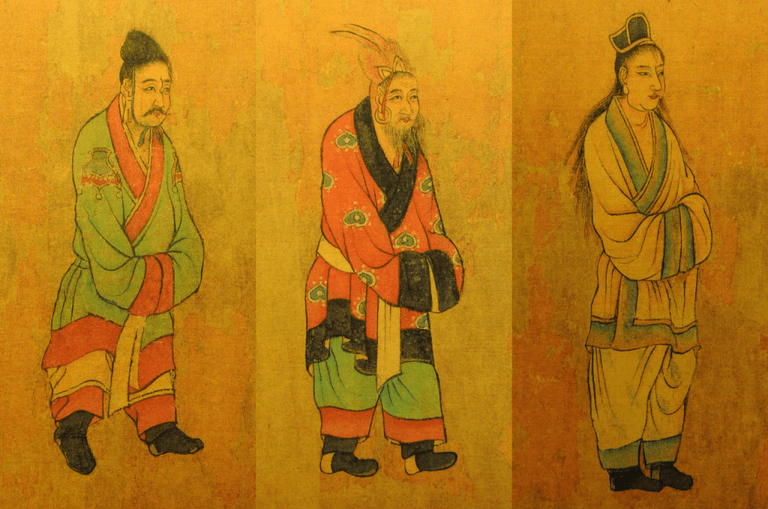
Three Kingdoms of Korea
The Three Kingdoms of Korea are some of the most important parts of South Korea’s and North Korea’s long and expansive history. It consists of the period from 57 BC to AD 668 when Silla, Baekje, and Goguryeo split the peninsula into three kingdoms.
Back then, Korea reached Manchuria. Baekje and Silla reigned over the southern portion of the peninsula, while Goguryeo had control of the northern part. The period of the Three Kingdoms ended with Silla uniting the Korean peninsula into a unified kingdom.
Japanese Occupation
Between 1910 and 1945, the entire peninsula was put under Japanese control, which was established with a treaty between the two nations called the Japan-Korea Treaty of 1910. This has given Japan the power to rule over all the affairs in the country, including politics and the economy.
In August 1945, the Japanese rule over the peninsula ended when Japan surrendered during World War II.
Division of the Korean Peninsula
At the end of World War II, the Korean Peninsula was divided into two occupation zones. The United States established diplomatic relations and supported South Korea, and the Soviet Union aided North Korea. This move was supposedly temporary and will only last until an agreement on the trusteeship has been established.
However, several factors, like the Cold War and failed negotiations on the trusteeship between the U.S. and the Soviet Union failed, nullifying the plan to unify the Korean Peninsula once again.
In 1948, the United Nations supervised elections in South Korea, which Syngman Rhee won. This led to the formation of the Republic of Korea in South Korea in August 1948. While in the North, Kim Il Sung took on the role of the leader in Korea, which also led to the establishment of the Democratic People’s Republic of Korea in North Korea in September 1948.
The Korean War
The Korean War is known as 6.25 전쟁 (jeonjaeng), which is read as 육이오 전쟁 (yugio jeonjaeng) in Korean or also known as 한국전쟁 (hangukjeonjaeng). The war occurred when the peninsula was already divided into two sovereign states, having their own local governments.
The Democratic People’s Republic of Korea government attacked the South by going beyond their designated border, called the 38th parallel.

When was the Korean War?
The war began in June 1950 when the North Korean People’s Army military troops invaded South Korea. Their goal was to unify the Korean peninsula under communist control. Kim Il Sung, the founder of North Korea, initiated this attack, which the USSR largely aided. South Korea was not expecting this attack which left them no choice but to retreat.
When did the Korean War end?
By July 1950, U.S. military soldiers had entered the war on behalf of South Korea. The battle continued while U.S. officials worked on creating a way to hold a treaty with the Democratic People’s Republic of Korea.
The war finally came to an end in July 1953 after a peace treaty was signed by a U.S. Army general and a North Korean military general acting on behalf of Pyongyang and China. Both parties agreed to suspend the war and established the Demilitarized Zone (DMZ) that divided the Korean peninsula.
Almost 5 million military soldiers and civilians lost their lives in this “Forgotten War.” The term was created because this war was overshadowed by World War I, World War II, and the Vietnam War. Up to this day, the peninsula remains divided into South and North Korea.
Post-Korean War (1960–1991)
The first president of South Korea was Lee Seungman, who ruled the country for 12 years until he was pressured to resign in 1960 during the April 19 Revolution. This led to more than a year’s worth of instability in the government until Park Chung-hee led a coup and took control. Under his dictatorship, Korea’s economy grew exponentially, carried out through political suppression.
Although Korea’s economy strengthened marvelously during his tenure, Park Chung-hee has been criticized heavily for being a ruthless militant dictator. His rule as Korea’s president lasted for 17 years, ending in his assassination.
Several years later, instability continued in Korea’s government. In 1987, a more democratic process for choosing the president via election was finally enforced. The first president to rule South Korea through this implementation was No Taewoo. And already in 1988, Seoul was the host of the Olympic Games.
In 1991, both South and North Korea became official members of the United Nations.
Contemporary Korea
Here are more recent updates on Korea in the 2000s.
South Korea’s Relationship with North Korea
Since 2000, more efforts have been made toward restoring the relationship with the Democratic People’s Republic of Korea or North Korea. This is called the “Sunshine Policy,” crafted by president Kim Dae-Jung. A handful of summits followed this, tightened contact and relations, as well as connected business ventures.

However, after Kim Daejung’s rule as president ended, the relationship with the North cooled as well. For example, in 2010, South Korea was met with escalations in hostility from North Korea.
This meant the sinking of the warship ROKS Cheonan, in which 46 South Korean sailors lost their lives. However, once Moon Jae-in took over the office in 2017, efforts to reconcile with the North began again.
Recent South Korean history
Other recent notable moments in South Korean history include the hosting of the 2018 Winter Olympics in Pyeongchang. Additionally, in 2012, South Korea elected its first female president, Park Geun-Hye. She is the daughter of Park Chung-hee, the president/dictator who is often credited for a lot of Korea’s rapid economic growth.
However, park Geun-Hye ran a hard conservative political line, and she ended up having to resign in 2016 amid a corruption scandal.
South Korea’s Transportation, energy, and infrastructure
Presently, South Korea is one of the most advanced countries in the world. Apart from their economy, it’s also shown through the country’s transportation, energy source, and infrastructure.
Transportation in Korea
South Korea has an excellent and technologically advanced network for transport. Whatever your travel plan is, it will likely be easy to accomplish. Korea overall, with Seoul as an exemplary example, has a well-built public transit system, covering most regions very well.
These are the seasons when the roads are expected to be the most jammed. It’s also tough to get train tickets to just about anywhere.
So exactly what type of transportation options do you have for your travel to Korea? What about public transportation in big cities such as Seoul and Busan?
Seoul Public Transportation
It is without a doubt that Seoul has one of the best public transportation systems in the world. The taxis are relatively cheap, especially by Western standards, and more applications such as KakaoTaxi are constantly popping up, so it’s safer to travel by taxi for travelers.
The city also has an extensive bus network, with the designated color of the bus telling you what type of routes they run. For example, green buses only run through shorter routes between a few designated neighborhoods.
Blue buses go for longer distances, from one side of Seoul to another.
Red buses are slightly more expensive express-like buses that you can use to reach the greater metropolitan areas such as Bundang and Yongin.
Lastly, the Seoul station has a magnificent subway network that only comes with a flaw: at the moment, it doesn’t run around the clock. As a result, not only can you reach just about any destination within the city by subway, but you can also reach just outside of the main Seoul areas including but not limited to Incheon, Suwon, Ilsan, and Pyeongtaek.
Busan Public Transportation
Busan also has an excellently designed subway network system that you can use to reach nearly every destination on your list – or at least the bus stop from where you can ride the bus to reach that destination.
You may also consider taking a taxi but know that the chances they’ll speak English are much lower than in Seoul. That’s another motivating reason for learning Korean!
Train Travel in South Korea
It is almost surprising just how easy it is to travel in South Korea just by train. If your budget can allow it, then the KTX (Korea Train Express) is absolutely the fastest and most comfortable way to travel.
With the KTX, not only can you get to Busan from Seoul in less than three hours, but you can also reach other cities in South Korea with ease.
Alternatively, cheaper train options like Saemaeul and Mugunghwa also exist if you are on a low budget. Mugunghwa, in particular, is affordable and will make a stop in the smaller towns along the way if that’s where you’re planning to go.
Before buying your tickets, do not forget to do some research on purchasing a KORAIL rail pass. With the pass, your travel to South Korea just may become even more convenient and affordable!
Bus Travel in South Korea
Though you may not find every destination on your bucket list to be reachable by train, not to worry! You can most definitely get there by bus.
There are four big bus terminals within Seoul alone from where you can find a bus taking you to just about anywhere in Korea. Due to traffic, it may be a bit longer to reach your destination by bus, but the fares are guaranteed to be affordable, and the buses are almost always comfortable enough.
Also, if the journey you are taking is quite long, the driver will stop at rest areas to let you use the toilet or buy food to eat. Several buses are offered daily for most destinations, and they are unlikely to sell out outside peak season.
Almost every city and town in the country also has its local buses, covering nearly all the areas you may want to go to. However, be aware that they may not run as frequently as buses in Seoul.
Air Travel in South Korea
Of course, a few Korean destinations cannot be reached simply by train and bus. Jeju Island, first and foremost, is one of these destinations.
In Jeju Island especially, you can fly there from any Korean airport and reach it quickly.
Ferry Travel in South Korea
You may also consider taking a ferry. A ferry is an option from Busan, Yeosu, Mokpo, and a few other towns.
A ferry can also reach the other smaller islands in South Korea, which are usually easy to get on. Just buy a ticket once you reach the ferry port!
And the most exciting part? You can even reach Japan by ferry from Korea! However, you will have to purchase the tickets ahead, in this instance, as the ferry journey is also longer.
Energy and Infrastructure
Nuclear power accounts for 45% of South Korea’s electricity production. South Korea is among the five largest nuclear power producers in the world. The South is also emerging as an exporter of nuclear reactors, which it actively researches. However, due to pressure from the United States, South Korea does not enrich uranium while producing nuclear power.
Covering all the country’s regions is high-speed railways, highways, and ferry services, with bus and air routes enabling people who travel to get to just about anywhere. In addition, there are service amenities offered at regular intervals, as well as highway tolls. Some railway routes reaching the North have even been reconnected by now.
Besides Incheon International Airport, South Korea has three other airports, with Gimpo near Incheon and Busan and Jeju located in the southern region.
South Korea Travel and COVID-19 Situation
Due to the current state of the world, you may also have some questions about the coronavirus (Covid-19) situation in South Korea. This includes how it will affect travel for now and shortly until the global situation is entirely under control.
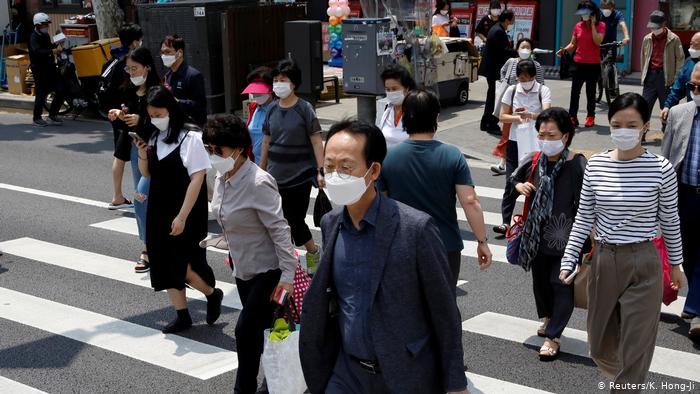
Traveling to Korea (Flights)
South Korea flights are already possible. While we do not want to encourage you to immediately book flights to Korea for as long as you haven’t had the vaccine for Covid-19 and cases continue to be high, below, you can find some data about how to go about traveling to South Korea during the pandemic.
Is it safe to travel to South Korea during the COVID-19 pandemic?
While all nonessential travels are advised against during the Covid-19 pandemic, you will not be at an exceptional risk if you come to South Korea for one reason or another. However, you are strongly advised to have the full vaccine before doing so. Additionally, it would be best to be cautious of your actions, such as social distancing and levels of hygiene, whilst there.
Are there any travel restrictions for South Korea during the COVID-19 pandemic?
There are restrictions for people who wish to travel to Korea as long as we live in the Covid-19 pandemic. One of the entry requirements for people who travel here is a negative Covid-19 result, taken at most 72 hours before departure.
South Korea Quarantine
You will also be tested once at the airport and will be required to quarantine for 14 days upon entry regardless of whether you’ll test positive or not, so do consider that if you’re planning for a trip right now.
As long as Covid-19 is present, you are also required to wear a mask wherever you go. However, South Korea is not in lockdown mode, with bars, restaurants, shops, and public transportation operating relatively normally.
International Travel to South Korea
South Korea provides an excellent base from which to explore other foreign countries. Alternatively, you may be planning a backpacking trip across Asia, with South Korea as one of your destinations. Though travel from here may not happen with as much ease as country hopping in Europe would, it is still an excellent choice to make your base.
Additionally, due to its location, being further from most countries besides Japan and China, it’s essential to know the best way to travel from South Korea to maximize your adventurous fun.
Travel from South Korea to Japan
Japan is, of course, the easiest and cheapest country to get to from Korea. As such, there is more than one way to travel there. From Busan, for example, you can ride a ferry to Fukuoka. The ferry ride takes less than 3 hours. Next to Fukuoka is Tsushima, another city in Japan that you can reach by ferry from Korea. Additionally, you can also reach Osaka by ferry from Busan!
But while ferries might be a new and exciting way to travel, it is still more common to fly. Several small airlines, both Korean and Japanese, can bring you to just about any place in the country for a low fare and short travel period.
Sapporo and Okinawa are also among some regions that are cheaper and faster to fly to than Tokyo. In either case, if you are looking for a quick weekend getaway to a foreign country, Japan is absolutely the perfect choice if you will travel from Korea. Just keep in mind that things are much pricier in Japan than in Korea!
Travel from South Korea to China
Another foreign country fairly close to Korea is China. Although flying there seems to be just about the only option, it’s not time-consuming. The plane tickets are a little bit more expensive than Japan, at $200 or more, but still very affordable compared to international travel elsewhere in the world.
The main downside of traveling to China is the need for a visa for most countries. Therefore, if you are a traveler just passing through Korea as one of your stops, you’ll likely have to do your research and make preparations before arriving in Korea.
This makes China not so good a choice for a spontaneous trip. However, Taiwan, Hong Kong, and Macau are all within easy reach of South Korea and don’t require a visa for most countries. And flying to these countries can be pretty cheap.
For example, a round-trip plane ticket to Hong Kong will cost you less than $200!
Travel from South Korea to South East Asia
Now, there’s no point in denying it: Asia is a vast continent. And while China and Japan might be reachable in under 3 hours from South Korea, the rest are not. However, as long as you stay in South Korea, Asian countries are still far more affordable to reach than if you flew there directly from home.
In comparison, flying to the Philippines from Europe can easily take $1000 out of your pocket, and the flight still wouldn’t be a direct flight! But travel from Korea? The ticket price ranges between $200 and $400, with many Filipino airlines flying the distance without stopovers.
And as far as continental Southeast Asia goes, many of them are close enough to each other that you only need to fly to one, and then you can use local transportation methods to visit the rest.
In Vietnam, you can get to Hanoi for as little as $250 on a direct flight, making it a great place to start, especially as it is the easternmost point. Alternatively, in Thailand, Bangkok is less than $300 from Korea and with no stopovers! Vientiane in Laos is just shy of $300.
Of course, the prices rise as we go further into the peak season, but that’s not the only time of year that’s good to travel!
However, in Indonesia, it is best to take a flight with a stopover, typically in Malaysia. The flight might be longer, but the cost of the flight will remain less than $400.
Note that, oddly enough, a direct flight to Kuala Lumpur costs about as much as using Kuala Lumpur as a stopover point on your way from Seoul to Jakarta or Bali. For Singapore, you will also save a lot of money by not flying direct. Once there, you can take a bus to Malaysia or a ferry to Indonesia!
Visiting South Korea
If you have plans to go to South Korea, we’ve listed down some things to consider to make the most of your vacation.
Best time to visit South Korea
An important thing that you need to determine when planning a vacation is when to visit. Taking into account the months or seasons that you wish to travel to Korea can make the planning easier. You may have plans to visit during Korean Thanksgiving, Lunar New Year, and Buddha’s Birthday.
If you want to know more about it in detail, you can read our article When is the best time to visit Korea? to help with your travel plans.
What is the best month to visit Korea?
The fall and spring are the best seasons to visit Korea. September, October, and November have mild temperatures with little rain. On the other hand, the spring months of April, May, and June are great for clear skies and seeing the cherry blossoms.
Best Places to Visit in South Korea
Make sure you add these spots to your itinerary for your next South Korean trip!
Gwangalli Beach (광안리 해수욕장 | gwangalli haesuyokjang)
When people first head to Busan, they usually head straight for Haeundae Beach. However, if you fancy a less crowded, more authentic experience, you should head to Gwangalli Beach instead.
Gwangan Bridge, Busan (광안대교 | gwangandaegyo)
At night-time, Gwangalli comes alive as locals visit the many fish restaurants on the beachfront. Looking out to sea, you can see the Gwangan Bridge, which is lit up in different colors, making for some great night photos.
Busan’s annual fireworks display is also held on the bridge, meaning that the best views are had from Gwangalli beach. The beach is within walking distance from Gwangan subway station (광안역 | gwanganyeok).
Kyeonghwa Station, Jinhae (경화역 | gyeonghwayeok)
If cherry blossoms are your thing, then visiting Jinhae during the cherry blossom festival is a must. One of the most scenic spots to see the cherry blossoms is Kyeonghwa station, where the track is lined with cherry blossom trees, ready for budding photographers to grab the perfect snap of the falling white and pink blossoms.
Gongryong Ridge, Seorak Mountain National Park (공룡능선 | gongnyongneungseon)
Its name literally means “dinosaur ridge,” and it certainly lives up to that description. The jagged peaks of the ridge sour above the clouds look like the back of a stegosaurus. It may be a tough climb at over 1,200 meters above sea level, but the views from the top are worth it.
For climbers with not quite as much time or energy, the nearby Ulsanbawi (울산바위) is an easier (though still very very vertical) climb with spectacular views at the top. After the climb, you can take a rest in the nearby hot springs or relax on the beaches at Sokcho, and you will definitely feel as though you deserve it.
Nami Island, Gapyeong (남이섬 | namiseom)
Made famous by the hugely successful drama Winter Sonata (겨울연가 | gyeoullyeonga), which was the first internationally popular Korean drama when it was launched in 2002, Nami Island is still visited by fans of the show.
The tree-lined road where Yonsama and Choi Ji-Woo rode their bicycle, or the bench where they made snowmen, is the most popular photo spot, but the rest of the island is equally picturesque.
Gapyeong is easily reached from Seoul, and from there, you can either take a ferry to the island or, if you are feeling adventurous, reach the island by taking a zip-line across the river!
Ulleung Island (울릉도 | ulleungdo)
If you manage to visit here, you will definitely earn some kudos from any Korean you speak with. Ulleung Island is located in the middle of the ocean, halfway between the Korean mainland and Japan.
To reach the island, you need to take a four-hour-long ferry from Pohang or Donghae. The trip is certainly worth it, though; entering the harbor makes you feel like an extra in a pirate movie. The island’s fresh food, clean air, and sea breezes will also refresh the most tired visitor, and the views are unforgettable. If you truly love adventure, then Ulleung Island is a must-visit.
Bulguksa, Gyeongju (불국사 | bulguksa)
If you are interested in Korean history, Gyeongju will likely be one of the first places on your “to-see” list. The old part of the city contains no skyscrapers, and within a certain area, all buildings must have a traditional Korean roof, even gas stations!
Gyeongju’s main attraction is Bulguksa Temple, the spiritual home of Korean Buddhism. Along with the temple, the Seokgulam (석굴암) grotto, located halfway up a nearby mountain, is also a must-see when visiting Gyeongju.
Seopjikoji and Seongsan Sunrise Peak, Jeju Island (섭지코지) (성산일출봉 | seongsanilchulbong)
There are so many places to visit on Jeju Island that they could almost warrant an article by themselves. One of the best places to visit on the island (and in the country) is Seopjikoji. This coastal walk has been featured in many dramas, and you will find many young couples taking romantic strolls along the cliff-top.
From here, you can also see a famous site on Jeju Island: Seongsan Sunrise Peak. This volcanic crater has almost sheer vertical drops on three of its four sides and looks spectacular at dawn when the sun appears from behind it.
Boseong Green Tea Field, Boseong (보성 녹차밭 | boseong nokchabat)
This corner of Jeolla province is where almost all of Korea’s green tea comes from, and the hillside around the town is covered with rows upon rows of luscious tea plants. The greenery makes for great photos, but a visit to the fields also lets you taste the green tea at its absolute freshest. A trip here is a must for tea aficionados!
Jagalchi Fish Market, Busan (자갈치시장 | jagalchisijang)
오이소, 보이소, 사이소 (oiso, boiso, saiso) reads the entrance sign in classic Busan dialect: Come! Look! Buy! It didn’t mention “smell!” which is surprising for anyone who has ever visited a fish market before. The fish market and nearby international market (국제시장 | gukjesijang) are the best places to experience the hustle and bustle of this dynamic port city.
You can also eat the freshest fish possible here, or if that isn’t fresh enough for you, you can try the live octopus (산낙지 | sannakji). Its tentacles are still wriggling and squirming even when your chopsticks are holding them. The market can be reached by taking a subway to Jagalchi subway station (자갈치역 | jagalchiyeok).
Is South Korea Safe?
Generally, South Korea is quite safe. However, just like in other countries, there are some things you should know before you head out to this part of the world. These are things that you might encounter while on vacation or when you have completely moved to South Korea. We have a separate article that covers several factors related to how safe Korea is.
Things to do in South Korea
There are plenty of things that you can do when you visit the South. However, it may depend greatly on when you plan to visit and what you plan to do.
If ever you’re visiting during summer, there are different beaches you can go to for some sunbathing! However, if you prefer indoor activities, you can watch movies in movie theaters or visit Korean museums. If you’ve arrived in Korea, but you’re unsure what you can do there, worry not, for we have compiled a list of the fun things you can do in Korea.
It may become difficult for you to decide where to go, and may end up missing the great spots for tourists to visit, so it’s best if you plan out your itinerary carefully for your next Korean trip!
Moving to Korea
Moving to an entirely different place can be quite nerve-wracking but also exciting! If you plan to move permanently, it’s best to know what to pack for Korea ahead.
This is especially important if you come from a country with a different environment, especially when it comes to the seasons in South Korea. Unless you already have a place to stay, getting an apartment in Korea is also considered beforehand.
Did you know that South Koreans have a very interesting superstitious belief about when to move? Some Koreans believe that moving from one house to another on certain days can be bad luck.
Everyday Life in Korea
Curious about what everyday life is like in Korea? It’s a unique country with lots of opportunities for everyone. Adventure or relaxation, young or old, short trip or permanent move—all is possible!
Before you consider living the Korean life, you might be curious about the cost of living in Korea or if the country is safe. Like many places worldwide, there are interesting facts you can find out in South Korea. You’ll be able to know about those when you read or watch stories about South Korea, but most especially when you’re living there.
Life in Korea for foreigners may be challenging at first, given the adjustment to a different country. Foreign nationals need to set up plenty of things, like opening a bank account in Korea, looking for a job, or if you plan to have one, you should also know about the Korean credit card.
These are relevant to your daily life in South Korea, which may help you purchase food via delivery services or order online via GMarket. There are also Korean apps that are helpful for your everyday life in Korea that you should have on your phone!
Video: Korean Expression 금연구역
You can usually find “no smoking” signage on some streets in Korea. Here’s a video that talks about the expression 금연구역 (geumyeonguyeog) that usually comes along with these signages.
If you learned something more about Korea today, you can also watch our videos and subscribe to your YouTube channel to learn more!
Festivals & Events in Korea
There are plenty of Korean festivals to attend, no matter which season. We’ve got them all covered for you!
Since the country has four seasons, there are respective festivals and events to look out for too! One beautiful event in Korea during springtime is when cherry blossoms start to bloom. If you’re planning to visit soon, it’s best to consider going when festivals happen to make your vacation extra memorable!
Jobs in Korea
You might be headed to Korea to work. If that’s the case, some recruiters can help you land the perfect job in Korea. The majority of the jobs in Korea for foreigners are for English teachers.
Teaching English also covers different areas like teaching at a University, working as a tutor, or teaching English online. However, it’s always best to learn about the Korean work culture beforehand, regardless of your job.
Food & Drink in Korea
If you’re a foodie, you’re going to love South Korea. But, with so many tasty options, the main thing you’ll run out of is space in your stomach.
The country is known for its amazing cuisine. What’s great about it is that you can find the best food from famous restaurants and street food carts. If you haven’t yet, you should try the popular Korean dish, bibimbap.
Perhaps after a pleasant stroll, you’re up for coffee or desserts like ice cream instead of a heavy meal. Also, if you’re only staying in Seoul, there are still plenty of choices of restaurants that you can visit for dinner or brunch, or anytime you prefer!
Korean Language
Everything in this guide is jam-packed with stuff you’ll need, love, or both! We also include some essential Korean words, phrases, and descriptions inside the articles to help you understand Korean. We do that because everything is still written primarily in Korean, so it’ll help you communicate better.
The other reason is there is a lot of meaning embedded inside some of the everyday languages, so knowing a few words and phrases here and there will help you understand Korea better.
Can’t read the Korean Alphabet? Not to worry! This complete guide was written, so you don’t need to know a single Korean letter. And if you like to learn Hangeul (Korean Alphabet), we’ve got an awesome guide that teaches you in 1 hour. Knowing how to read Hangeul will make it easier to learn how to speak Korean.
If you like to learn the Korean language, you can also check out language exchange cafes!
Shopping in Korea
Polish up your shopping shoes, and bring out your Sunday best–it’s time for the shopping good times to begin!
There are various shopping areas in Seoul and throughout the country. You can buy stuff from luxurious items to beauty products under $20 in different locations. Clothes, beauty products, and souvenirs to bring back home can be found in shopping districts and night markets in South Korea. If you’re into Korean fashion, these are the areas you should visit!
South Korean National Pension System
Like many other countries, the pension system in South Korea seeks to offer benefits to citizens after reaching a certain age. However, it is also intended to provide relief to families and those who have lost their household’s primary salary maker to death. The structure is built on taxation and relates to income.
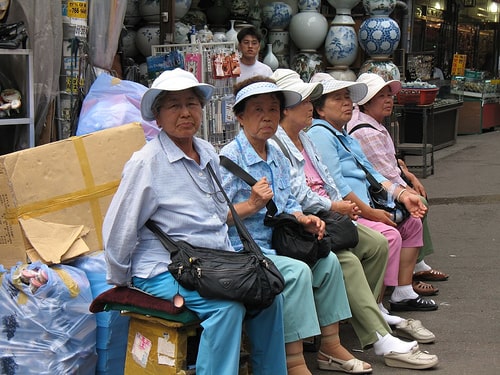
There are currently four categories through which these pension benefits are distributed: national, military personnel, governmental, and, lastly, private school teachers. For the national pension, citizens between 18 and 59 residing in South Korea are eligible.
The national pension scheme is further divided into four categories enumerated below:
1. Workplace-insured
The amount of monthly earnings that go into the national pension is 9% of their salary. 4.5% of this is paid by the employee and 4.5% by the employer.
2. Individually insured
To qualify for this scheme, the person must be not employed, over 60, or otherwise excluded from the National Pension Act.
3. Voluntarily insured
This scheme mainly consists of retirees who have chosen to get additional benefits, the spouses of those covered by the other three primary pension schemes, and those under 27 without an income.
4. Voluntarily and continuously insured
Citizens under this scheme are individuals over 60 who wish to fulfill the minimum 20 years insured to start receiving old-age benefits.
Wrap Up
You might have been interested in Korea because of K-dramas, Korean music, or perhaps the top Korean series, Squid Game which led you here. Or perhaps you intend to move to Korea to study, for employment, or to put up your own business.
Now that you know more about The Land of the Morning Calm, including the current Covid-19 situation, check out the other great articles we’ve got on the Korean language and culture here!

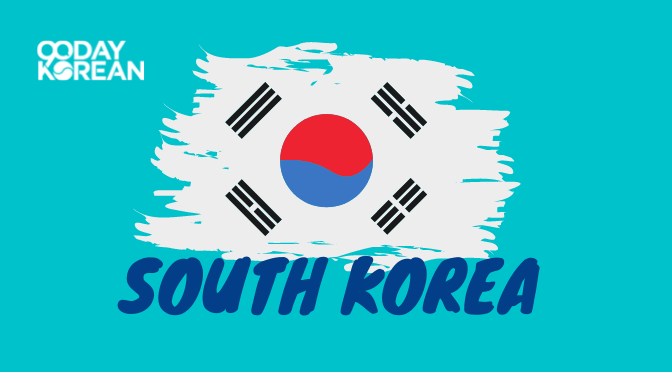
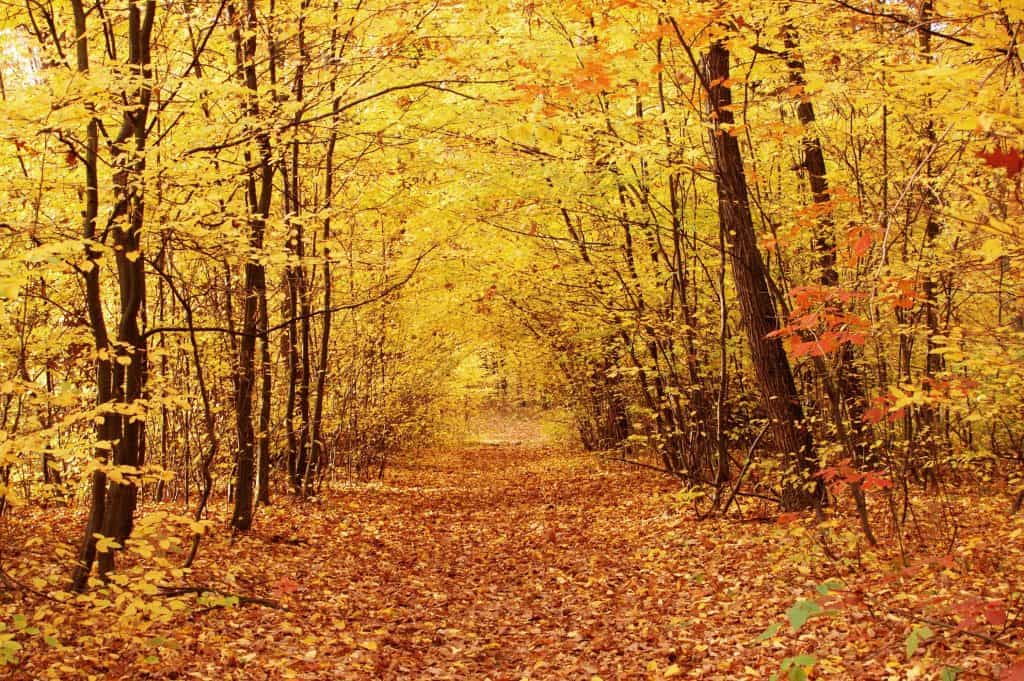
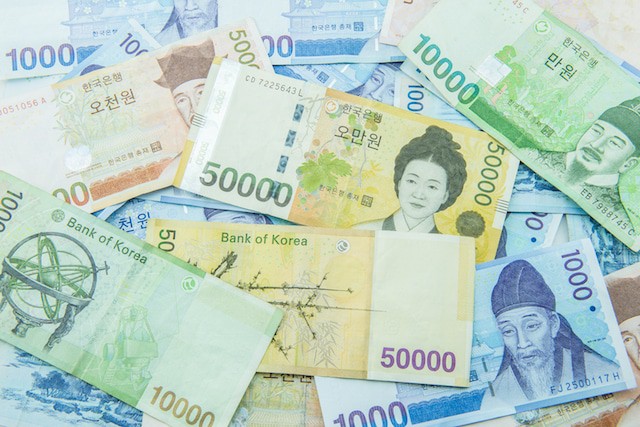
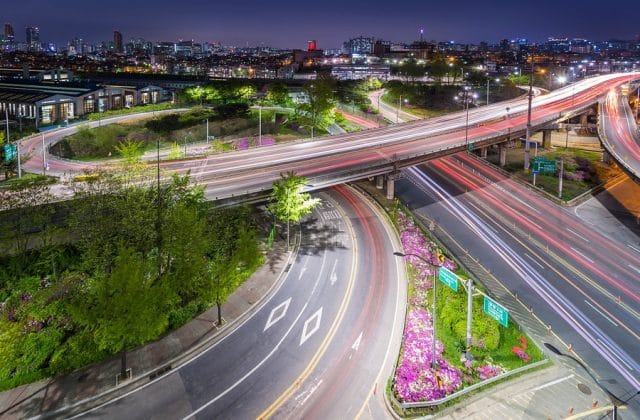
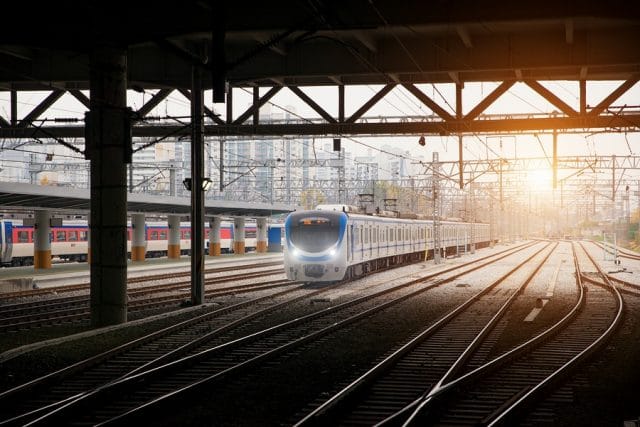
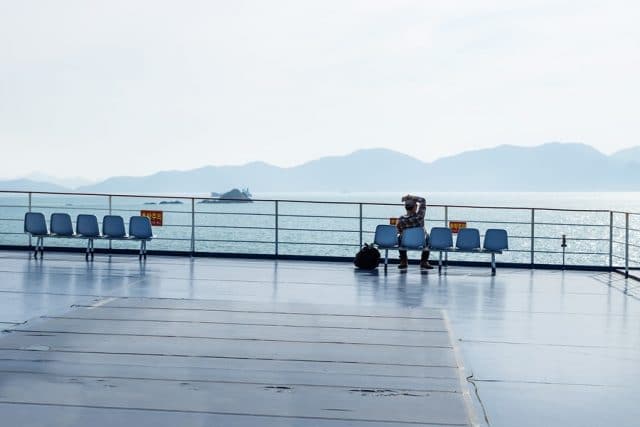
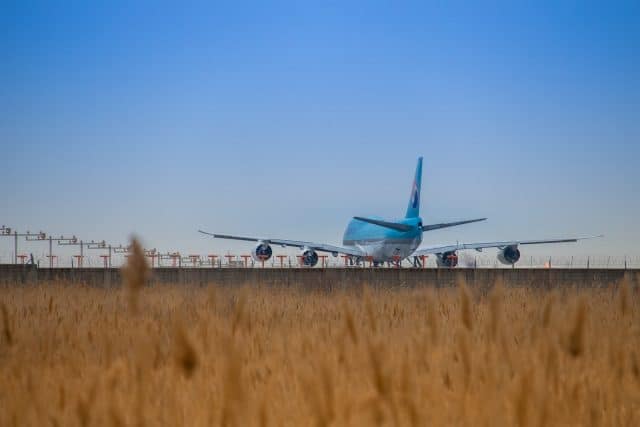

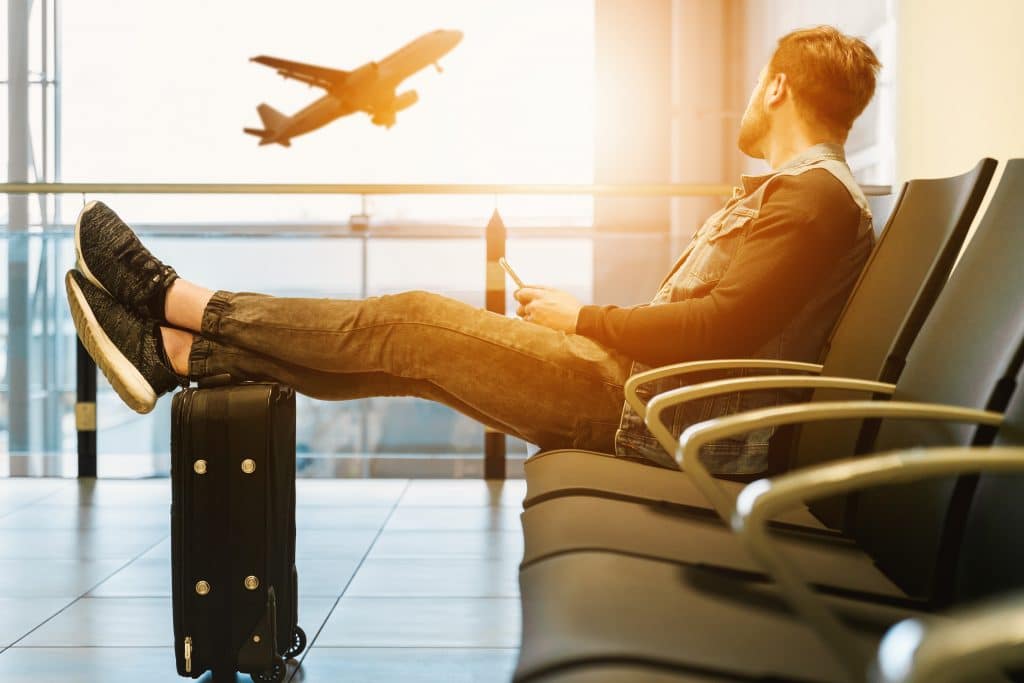
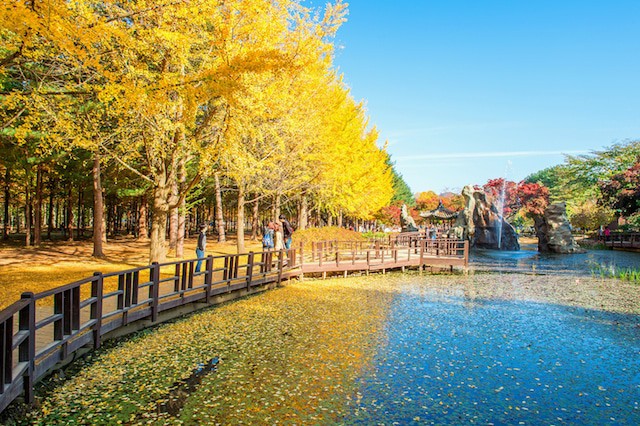
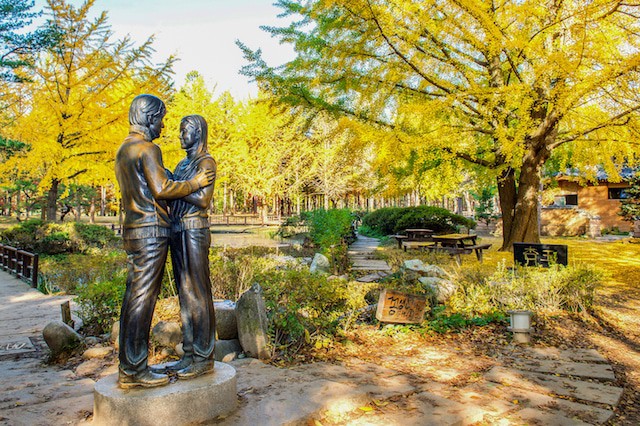
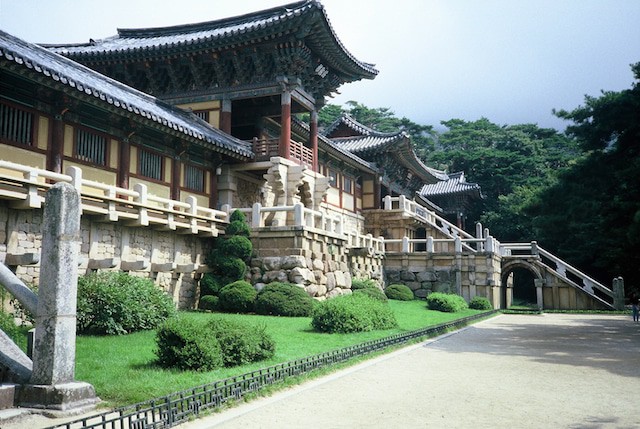

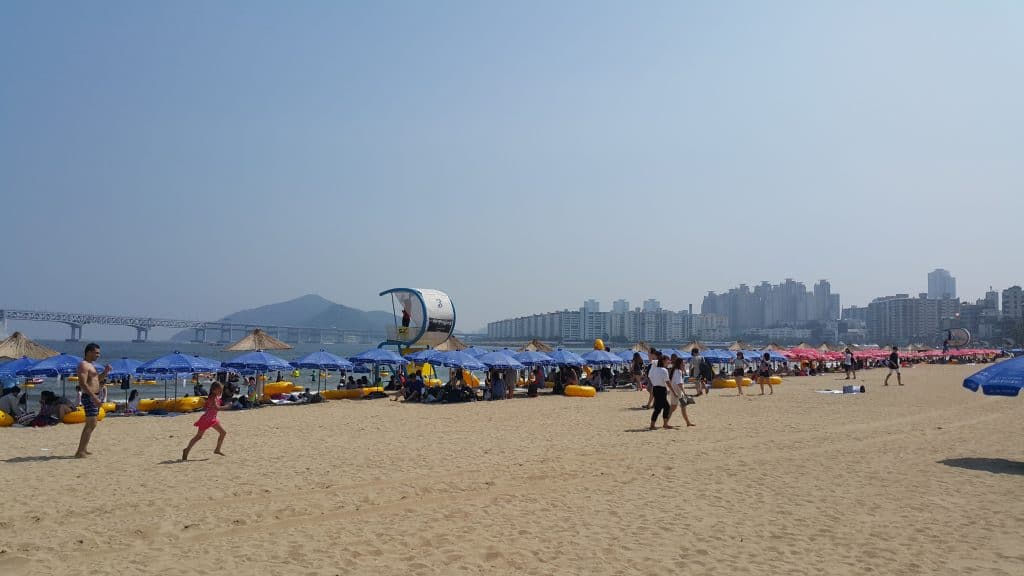
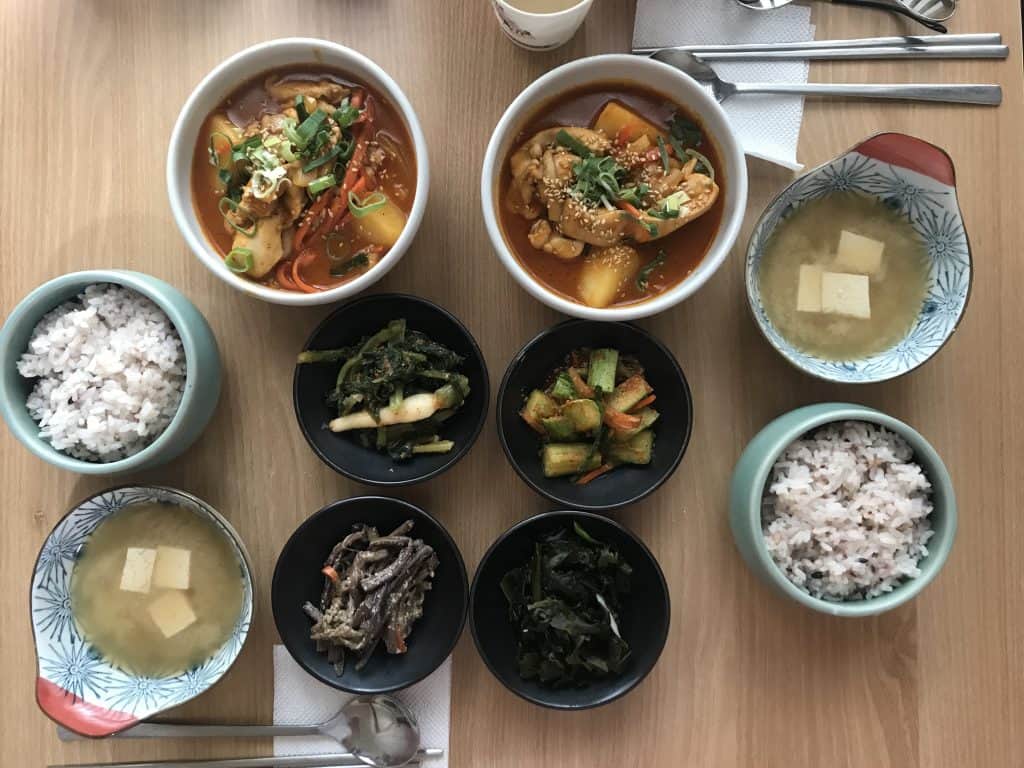
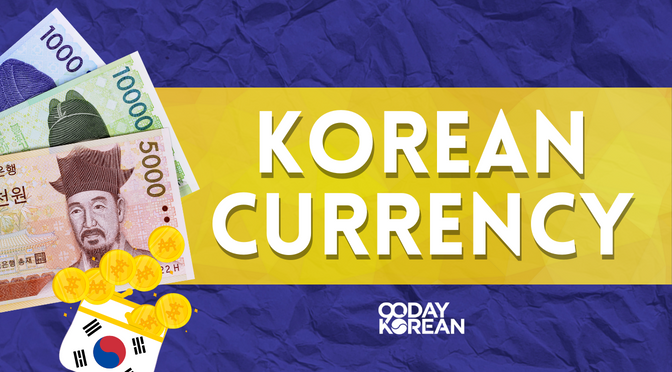
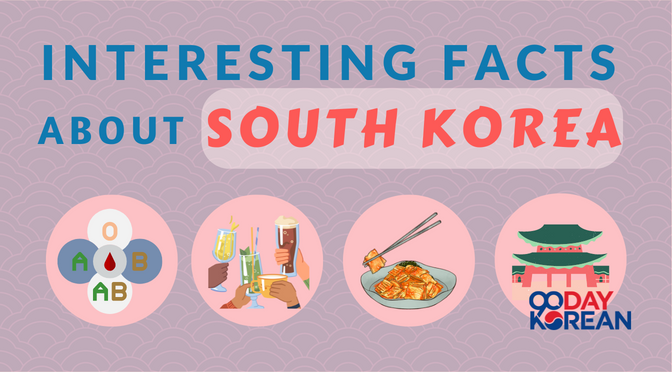
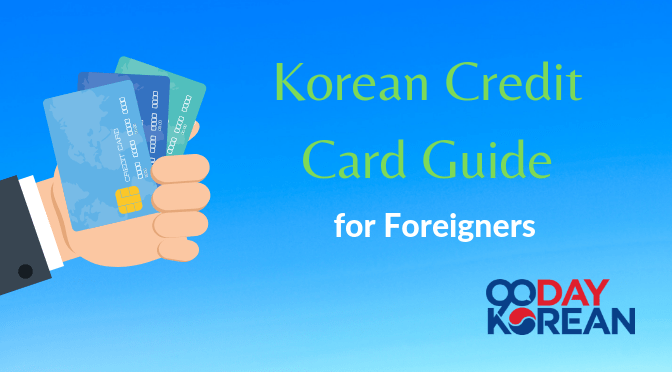

Thanks for the article. 감사합니다!
Am visiting Korea next week. Have been studying Korean since April, so hoping not to disgrace myself!
Cheers, 리차드
Cool, sounds like a plan! Thanks for sharing. ^^ If you want to have more Korean lessons, you can also check our blog and visit our YouTube channel for articles and videos with great Korean content.
I just hope I would become fluent although it’s seems so hard for me but I’m going to try my best and ur site is really helpful ???? I wish to have Korean friends too hoping to go to Seoul soonest
Cool, sounds like a plan! I’m glad that our articles have been helpful to you. You can read our article on How to Meet Korean Friends in Korea & Around the World to help you meet friends.
If you want to learn Korean, we have a step-by-step resource guide called Learn Korean Online: How-To Guide for Language Study, which you can follow. You can also check our blog and visit our YouTube channel for articles and videos with great Korean content.